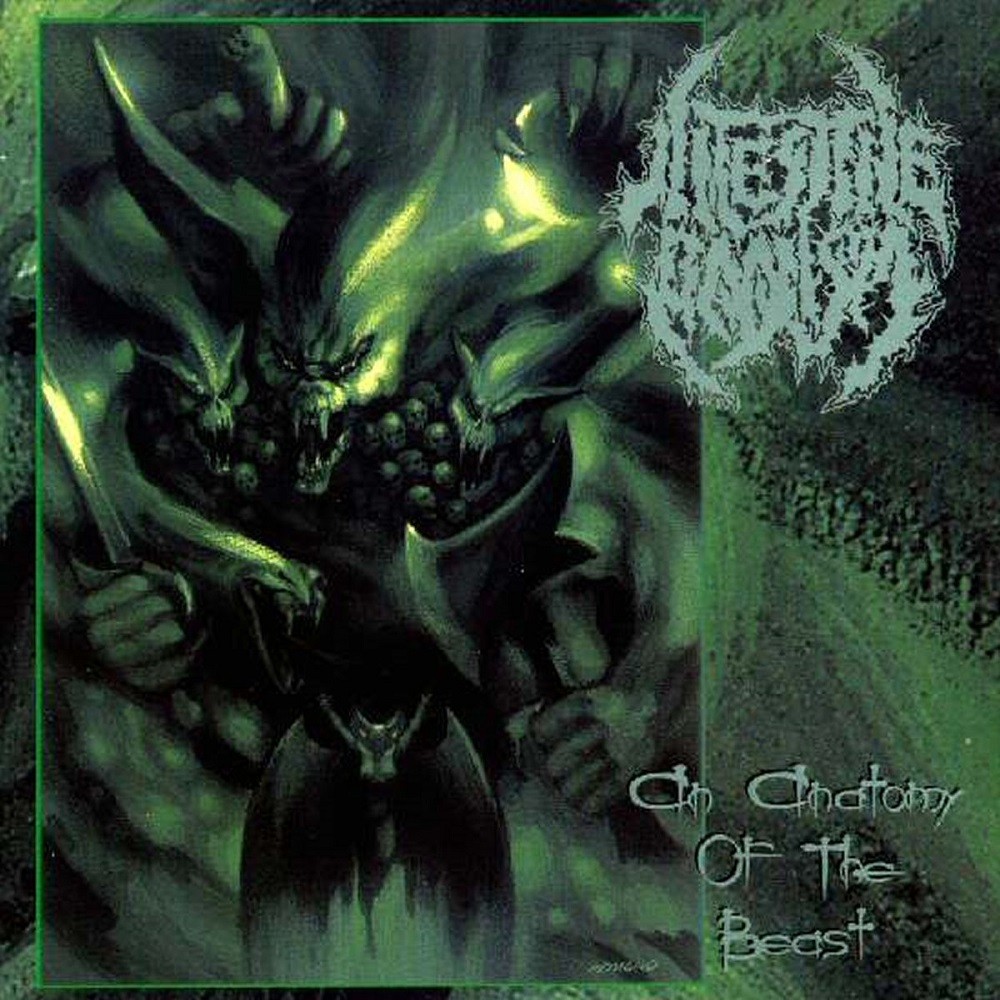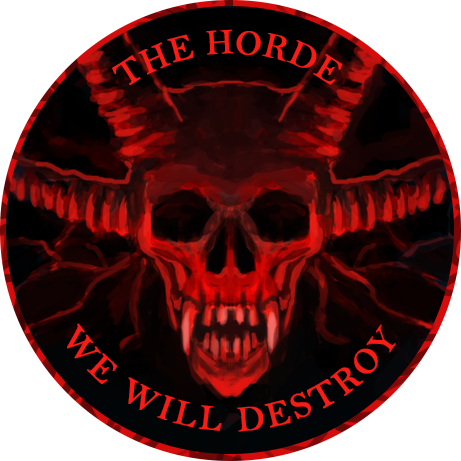Intestine Baalism - An Anatomy of the Beast (1997)Release ID: 10309

An initially strange but thoroughly enjoyable mixture of Stockholm and Gothenburg death metal created by Japanese.
There were a few things for me that caused a substantial amount of scepticism when it came to checking out Intestine Baalism. Firstly, that name is average. From what I can figure out, the term could very well be associated with the worship of bowel movements, but it’s far more likely that the band members thought it sounded evil and cool (which it doesn’t). Secondly, Intestine Baalism comes from Japan. When it comes to metal, it must be said that the Japanese are more than just a bit crazy. A look at three of the biggest metal bands to come out of the Land of the Rising Sun should make it clear that the Japanese don’t like to play by established rules. Boris performs monstrous drone doom metal that will crush you with huge riffs one moment and then break out into bizarre Japanese rock the next. Sigh have ties to old school black and thrash metal but then they mix in influences from just about every musical form known to man at seemingly random times. Then there’s Gallhammer of course. Three chicks called Mika Penetrator, Vivian Slaughter and Risa Reaper cranking out black metal tunes. Enough said really!
I was both curious and apprehensive when pressing play to study An Anatomy of the Beast. This trepidation was wiped out soon enough though as old school Swedish style death metal came pummelling out of my speakers. These guys clearly enjoyed bands such as Entombed and Dismember in the early 90s and decided they’d have a crack at producing their own effort, with the obvious difference being that they didn’t have Stockholm’s Sunlight Studio to fully replicate the sound. But don’t get me wrong, I’m certainly not suggesting that this Japanese outfit doesn’t add any of the crazy stuff that their countrymen seem destined for. In this case, chunky death metal riffs suddenly clash with sweetly melodic leads which are initially quite off-putting. I must admit that on the first couple of listens the sheer contrast between dark, low tuned riffs and harmlessly pleasant leads made me cringe, but as time went on, I’ve found that it works well enough, and certainly gives Intestine Baalism a distinct character in a genre not known for breaching established boundaries. While the band members are clearly influenced by past albums, they produced something different and thoroughly enjoyable for it.
Seiji’s vocals are done in a typical death growl style, but black metal shrieks are added on the odd occasion for a change of scene. Drummer Takeshi can at times get rooted down in that mid paced, one-two pattern often associated with Swedish death metal, but he adds enough variety throughout, so things never get boring. But it’s without a doubt the guitar work of Seiji and Atsushi that make An Anatomy of the Beast so entertaining. There are multitudes of memorable sections that will make you come back time and time again, and while the previously mentioned leads can grate occasionally, they never feel tacked on at any stage and work their way under your skin after a while. After spending a couple of weeks with Intestine Baalism, I’m surprised that An Anatomy of the Beast doesn’t rate higher than it currently does here. I can only assume that the mixture of Stockholm and Gothenburg sounds is just a bit troubling for many death metal fans to accept. But I’m thoroughly sold and am glad I gave the album a few listens before writing it off. Highlight tracks are Anatomy of the Beast, Cannibal Sodom and A Place Their Gods Left Behind.
Although Intestine Baalism were one of the first significant Death Metal bands from Japan, they sound more like something straight out of Sweden. Dismember and Entombed influence runs rampant in this unholy union of brilliant Melodeath leads and pummeling OSDM riffage. Combining the best of both worlds, the band ensures every track has some fantastic leads that make them memorable and discernable from each other, without ever sacrificing brutality or darkness.
The vast majority of this album is straight up Death Metal, and the lyrics check out. Occultic ramblings of sacrifice and violation paint a picture of a twisted and godforsaken underworld, and the music similarly oozes an evil urgency. Even the melodic aspects of this album are much further towards the “evil” end of the spectrum than Melodeath tends to be. It’s clear here that the band enjoyed and was influenced by OSDM more than anything, but their penchant for writing melodic, memorable leads just happened to be smacked right into the middle of it. Which is actually typical of Japanese-style music; which tend to be on the more melodic side, when not going into full blown Avant-Garde territory.
Everything the album sets out to do, it achieves and does well. Even the acoustic interlude is nicely done. Not a weak moment here, no songs that aren’t amazing.
Release info
Genres
| Death Metal |
Sub-Genres
|
Melodic Death Metal Voted For: 0 | Against: 0 |
|
|
Death Metal (conventional) Voted For: 0 | Against: 0 |

